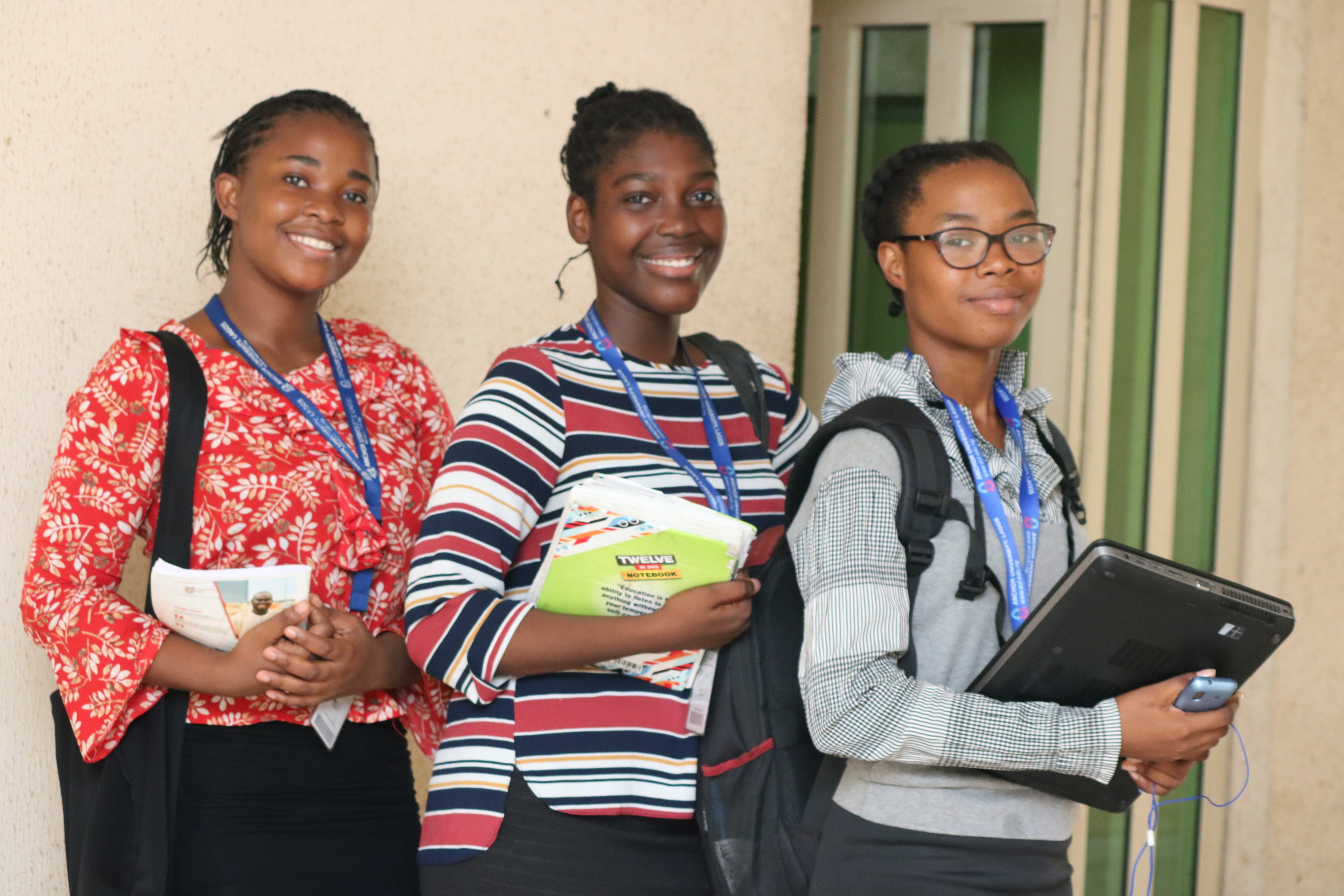The Anchor University Centre for Space Research aims at addressing the dearth of research data in the region through the deployment of multiple ground-based facilities and strengthening institutional capabilities in atmospheric, solar-terrestrial and radio science research. Among other research areas, we exploit data from very low frequency (VLF) Radiowave receivers and other ground-based facilities (e.g., weather stations) to study atmospheric and ionospheric irregularities including investigation of the diurnal and seasonal changes, atmospheric-lithospheric connections, solar-induced perturbations and their space weather implications.
The Space, Atmospheric physics and Radio wave propagation Laboratory (AUL-SPACELAB) was established to strengthen AUL capabilities in space sciences and research through coordinated and collaborative research and mentorship. We pursue vigorous research in atmospheric and radio sciences, solar-terrestrial Physics and space weather, to address the challenges posed by space weather to both ground-based and space-borne technology. Thus contributing to sustainable development in Nigeria, Africa and globally.
The Laboratory exploits the propagation characteristic of low frequency (VLF) Radio waves and other ground-based facilities to monitor and study atmospheric and ionospheric irregularities. We combine simultaneously observed variations in VLF amplitude (and/or phase) in the D-region with high frequency (HF) radio pulses in the E and F region to probe the state of both the lower and upper atmosphere. Our newly installed VLF Radio wave receiver records the time-variant amplitude signal from up to four (4) transmitters across the globe.
The very low frequency (VLF) radio wave is the region of the radio frequency spectrum in the range of 3-30 kilohertz (kHz), corresponding to wavelengths between 100 and 10 kilometres. The amplitude and phase of VLF radio waves are known to be sensitive to changes in the electrical conductivity of the ionosphere. This characteristic makes it useful for studying the lower ionospheric medium (up to 95 km). Transmitted VLF radio signals are propagated by reflection between the D-region ionosphere (60-95 km) and the Earth surface - recognised as the Earth-ionosphere waveguide (EIWG). In VLF radio transmissions, a time-varying electric current is converted into an electric field or wave using a radiating antenna and freely propagates through a non-conducting medium such as air or space. The transmitted electromagnetic wave is picked up by a remote receiving antenna and reconverted to an electric current. The wave is thus guided in the EIWG enabling the signal to be received using appropriately configured receivers across the world (see, Nwankwo et al. 2020 and references therein). At present, our receiver records data from four transmitters - HWU (France), JJI (Japan), NWC (Australia) and VTX (India).





